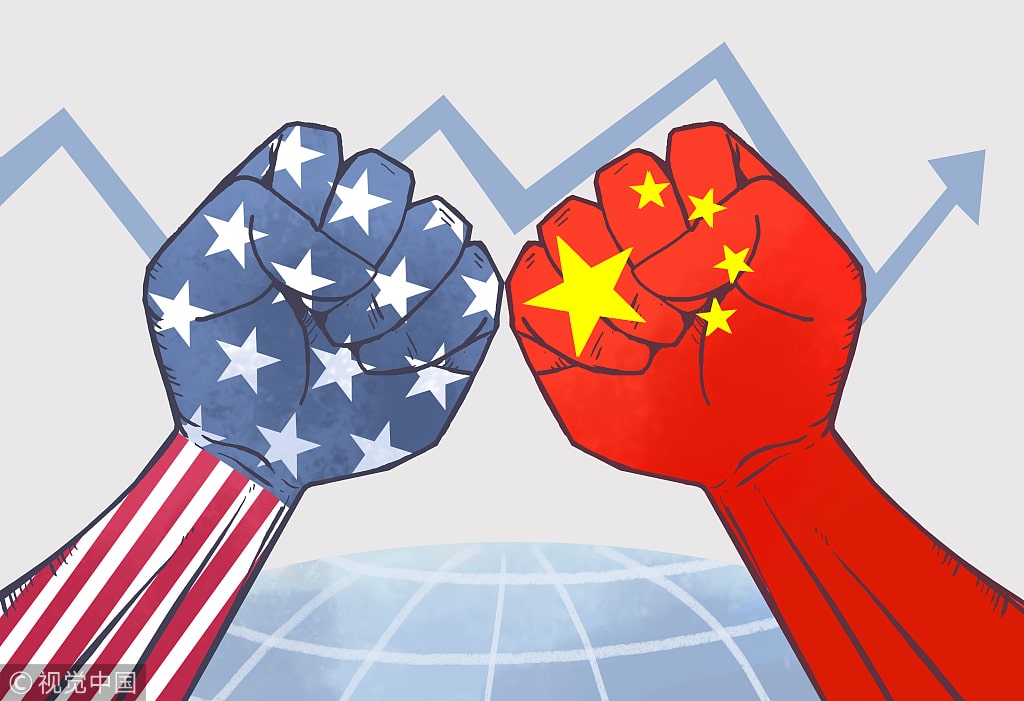
China was one of the signatories of the nuclear deal with Iran. When US President Donald Trump withdrew the US from the deal in May 2018, the first visit made by Iran’s foreign minister, Mohamad Javad Zarif, to shore up support was to China, its number one trading partner. It is an unlikely alliance – the largest communist country in the world and the rogue Muslim theocracy dubbed the world’s largest state sponsor of terrorism – but it is real, viable and of long standing.
China-Iranian trade covers a vast field, but oil is at its base. China has been importing approximately 10 percent of its oil from Iran.
In an effort to force Iran back to the negotiating table, Trump has been increasing sanctions on Iran and on any organization or country that contravenes them. On July 22, 2019 US Secretary of State Mike Pompeo announced that the US was sanctioning the Chinese state-run energy company Zhuhai Zhenrong for allegedly violating restrictions imposed on Iran’s oil sector. Later he said that, following the expiry of a special sanctions waiver that had covered China, Zhuhai Zhenrong had “knowingly engaged in a significant transaction for the purchase or acquisition of crude oil from Iran.”
Zhuhai Zhenrong — which was set up 25 years ago as the then-sole importer of Iranian crude to China — will be barred from engaging in foreign exchange, banking or property transactions under US jurisdiction, as will its chief executive, Youmin Li. How this spat will play out is anybody’s guess. It is likely to be resolved within the context of an eventual broader US-China trade agreement.
Trump’s firm stand on sanction-busting has indeed trumped what once seemed to China a winning hand. The Iran connection suited China in a number of ways. It was an energy producer hostile to the US in a region of US allies, and the relationship helped insulate China from US efforts to squeeze it. Even if the US succeeds in cutting off the supply of Iranian oil to China, the Iranian connection will continue to serve China’s strategic interests. The US conflict with Iran has split the US from its allies, and this enhances China’s position both in the Middle East and globally.
On the other hand China is vying for influence and profit with two of America’s major allies in the Middle East – Saudi Arabia and the United Arab Emirates (UAE). In 2017 China overtook the US as Saudi Arabia’s largest trading partner, when Saudi King Salman signed $65 billion-worth of memorandums of understanding with Beijing. The two countries immediately began implementing agreements in petrochemicals, high technology, and other sectors. Today Saudi Arabia is China’s largest trading partner in the region, and China is Saudi Arabia’s largest trading partner worldwide. The ambitious Saudi Vision 2030 development programme, designed to transform the kingdom into a modern thrusting industrialized nation no longer dependent on oil revenues, has provided Chinese construction firms with the major opportunity of developing Saudi infrastructure.
China has a thriving relationship also with the UAE. It is the UAE’s largest trading partner, and the port of Dubai is a vital global shipping and logistics hub for Chinese goods. Chinese business enterprises are heavily engaged in the country, which sees itself as an essential element in China’s Belt and Road Initiative.
Introduced in 2013, and heavily promoted subsequently by Chinese President Xi Jinping, the Belt and Road Initiative is Xi’s blueprint for China’s eventual political and economic domination of, or at least dominance in, the world. The “belt” refers to reinvigorating the old Silk Road economic belt, while the “road” relates to constructing a 21st century Maritime Silk Road. The stated aim of the initiative is to promote the economic prosperity of the countries along the Belt and Road, enhance regional economic cooperation, strengthen exchanges and mutual learning between different civilizations, and promote world peace and development.
By 2017 it had involved China underwriting billions of dollars of infrastructure investment in countries along the old Silk Road linking it with Europe. The ambition is immense. China is spending roughly $150 billion a year in the 68 countries that have signed up to the scheme.
Egypt also features in Chinese strategic thinking. As China’s commercial activities in the Middle East mushroomed, it grew increasingly concerned with transit through the Suez Canal. As a result it has invested billions of dollars in Egypt. Chinese firms are helping construct Egypt’s new administrative capital in the desert outside of Cairo, and they are developing a Red Sea port and industrial zone in Ain Sukhna. Egypt’s President Sisi has made at least six trips to Beijing since taking office in 2014, compared to just two trips to Washington.
And then, of course, there is Israel. Israeli-Chinese relations have been excellent for decades – sometimes too close for US comfort. Finally Washington put a definitive end to Israeli cooperation on military technology with US roots. Instead, Israel developed close commercial relationships in advanced technology and cooperation at government level in security and counter terrorism. Between 2016 and 2017 Chinese investment in Israel increased tenfold, totaling more than $16 billion. Today Chinese firms are deeply engaged in Israeli infrastructure, building tunnels for light rail, expanding port facilities in Ashdod and Haifa, and striking agreements to operate the ports for 25 years. This close collaboration remains unpalatable to some in the US Senate, who may seek to challenge Israel about it in the 2020 National Defense Authorization Act.
US-China tension over Iran, Saudi Arabia, the UAE, Egypt, Israel – and that is only in the Middle East. Underlying these potential flash points is the as yet unresolved trade war between the Titans. Cool heads and calm deliberation is called for.

